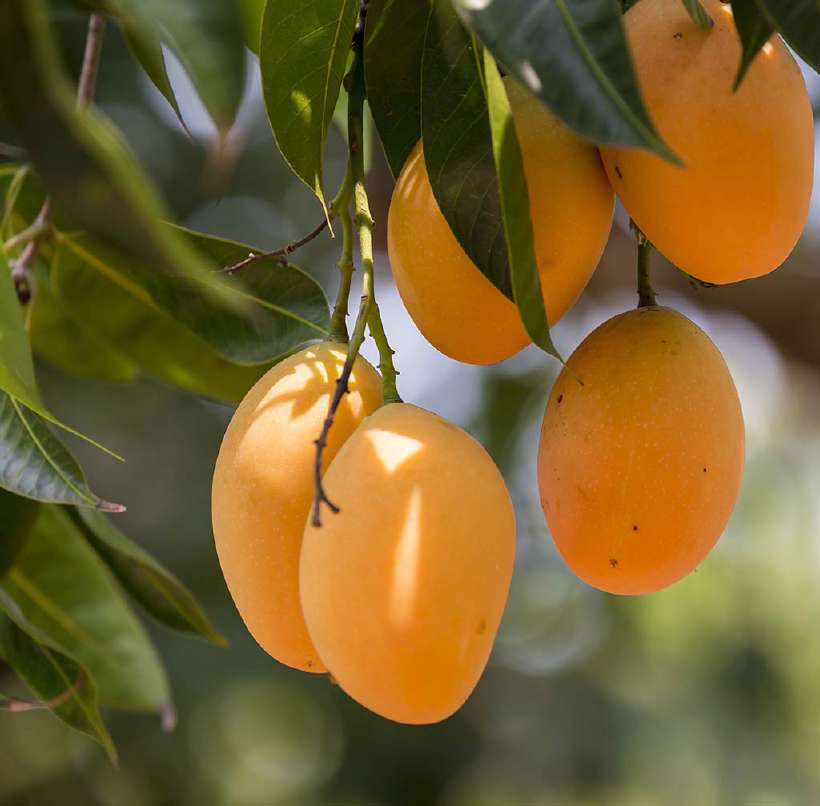King of Fruits – History of Mango!
Home / Science for Kids / Planet Earth for Kids / King of Fruits – History of Mango!
It is a tree that is green at all times of the year. But it bears fruit in the height of summer. The hotter it is, the sweeter it becomes. And, it seems we humans cannot have enough of this juicy, fleshy fruit, for there are almost 1000 varieties of this king of fruits around the world to please our tongues and eyes.
It could be round, almost like a ball, or it could be oval in shape, kidney shaped or just long and thin. It could have a red and yellow colour like the setting sun. Or it could be canary yellow or even leaf green. It could be small as a cricket ball or as big as a watermelon!
Asia’s gift to the world
If someone were to ask you about India or Asia’s great achievements, you can confidently say, Mango! Yes, the mango, in its original wild form, came from the forest of Assam in north-east India and Myanmar (Burma).

How the mango got its name
It’s an interesting story. The name mango comes from Tamil. From man-kay or man-gay, it changed to manga. The people who gave it the name manga or mango were the Portuguese. They first came to India, across the oceans, about 500 years ago. As they settled down in parts of India, they discovered the mango. They seemed to want more of it so they started experimenting with new varieties of mango — the famous Alphonso or Mulgoa that we cherish today, is the result of their hard work.
And then they decided to introduce the fruit to the rest of the world.
A fruit enjoyed since 3000 years
Imagine, while Indians have been talking excitedly about the fruit for 3000, yes 3000 years, the western world has savoured it for only 300 years!
But how do we know that Indians have enjoyed the mango for 3000 years? Simple, they were excited enough to actually write about its good qualities in books. Not any other book, but the Upanishad — the Brhadaranyaka Upanishad. (Today we all know that the mango is rich in vitamin A, C and D) . It was mentioned by various names such as amra, chutha, rasala and sahakara.
Down the ages, several qualities have got attached to the mango. It is seen as a symbol of good luck and in many parts of west and south India, mango leaves are put up at the front door. It is a belief that the mango tree has the power to make wishes come true. The mango tree is also associated with the god of love “Manmatha’; its blossoms are considered to be the god’s arrows. And it is said that the Buddha created a white mango tree which was later worshipped by his followers.
Though the mango has become a household fruit, its wild cousins can still be found in the north-eastern part of India and Myanmar.
504 words |
5 minutes
Readability:
Grade 6 (11-12 year old children)
Based on Flesch–Kincaid readability scores
Filed under: planet earth
Tags: #india, #indians, #assam, #fruits, #mango tree, #mango, #myanmar
You may also be interested in these:
Assam's Boys Shine in Asian Cricket
Greed Never Pays
The Office Where Records Are Made
Talkie Star from the Silent Era
Little Ali's Heart